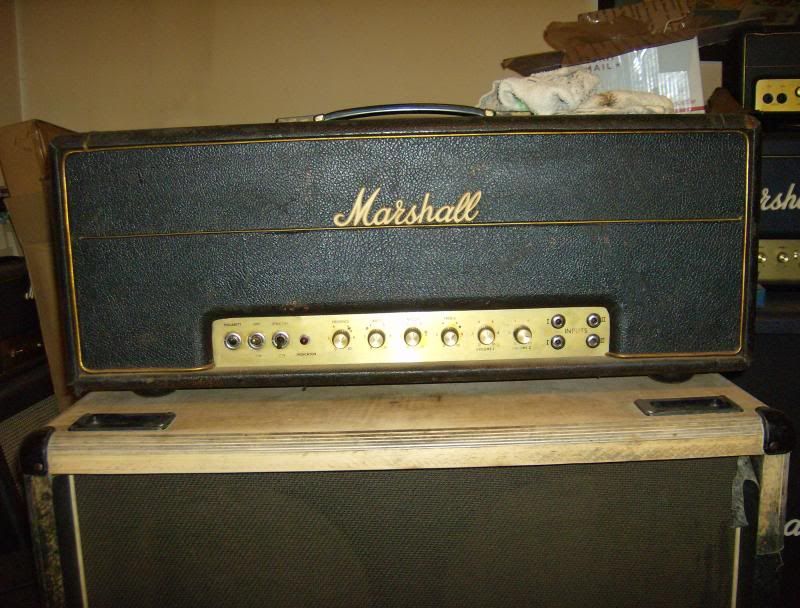spacerocker
Well-Known Member
A diode, op amps, or transistor in a guitar amp circuit is NOT an "ALL TUBE PATH"! now tell me your JVM doesn't have any of those components in the circuit.
Ok - The JVM does not have any diodes, op-amps, or transistors in it's signal path. As I said before the circuit topology is al-valve. Even the effects loop is valve driven.
I am pretty sure a normal JVM amplifier's main signal path is "all tube".
It is.......
I may be wrong, but I'm don't think JVMs have SS in the the path, at least not for most most of the modes. SS devices for switching or rectification are not in the signal path.
You are correct - the JVM's don't have any SS components in the signal path - in ANY of the modes.......





 Some of the multi channel aficionados here would have everyone believe that these circuits preserve signal better than a single channel amp with less B.S. in the circuit. Facts speak louder than words. The number of threads that I've read regarding multiple channel amps having problems far outweigh those of the single channel vintage amps. It's called built-in-obsolescence. So not only are multi channel amps a pain in the arse to repair but more costly and time consuming to repair. I'd rather be reading than posting, "my multi channel amp is down can anyone help?" threads. So to those die hard aficionados good luck to you because you're going to need it
Some of the multi channel aficionados here would have everyone believe that these circuits preserve signal better than a single channel amp with less B.S. in the circuit. Facts speak louder than words. The number of threads that I've read regarding multiple channel amps having problems far outweigh those of the single channel vintage amps. It's called built-in-obsolescence. So not only are multi channel amps a pain in the arse to repair but more costly and time consuming to repair. I'd rather be reading than posting, "my multi channel amp is down can anyone help?" threads. So to those die hard aficionados good luck to you because you're going to need it 